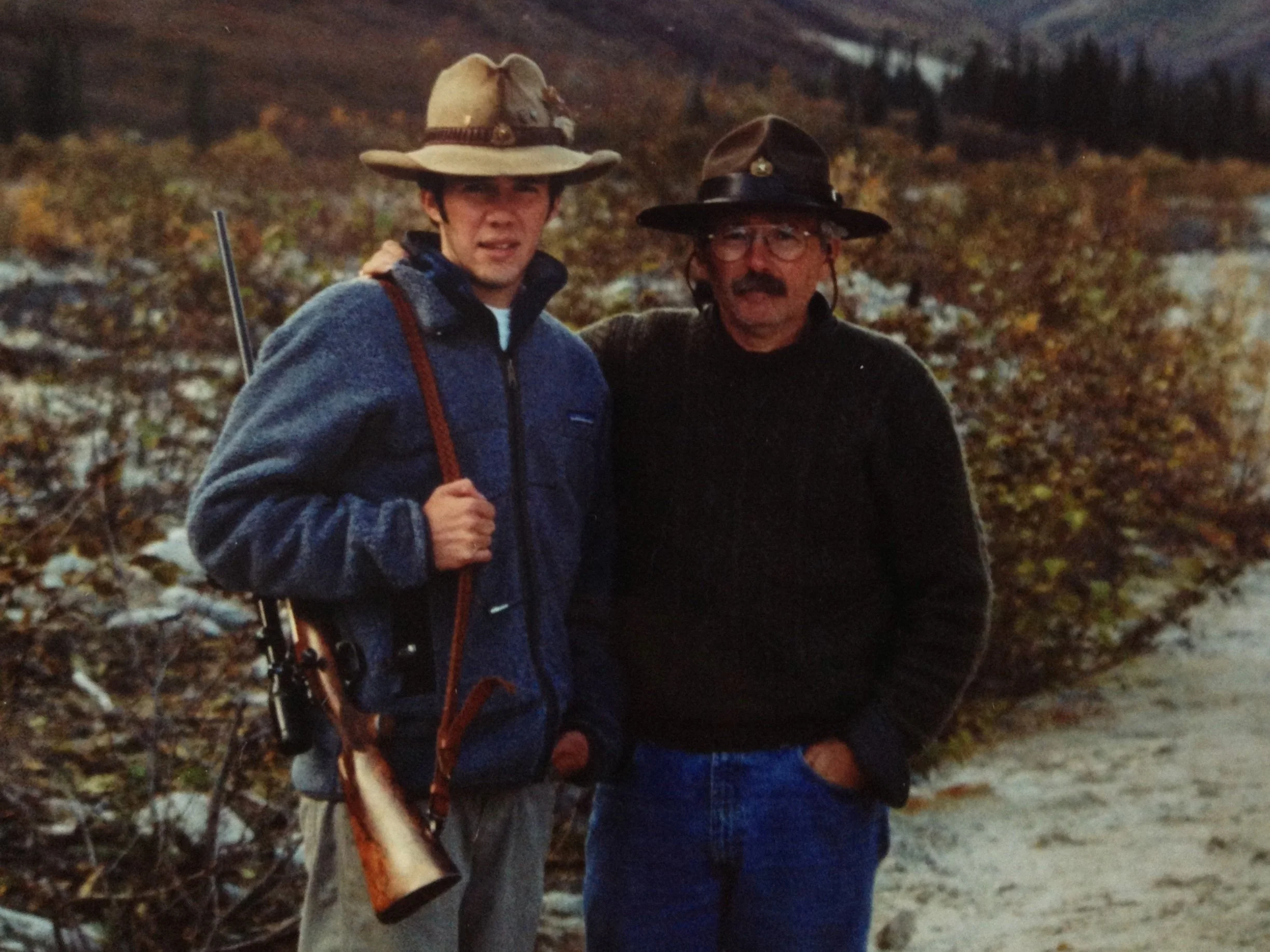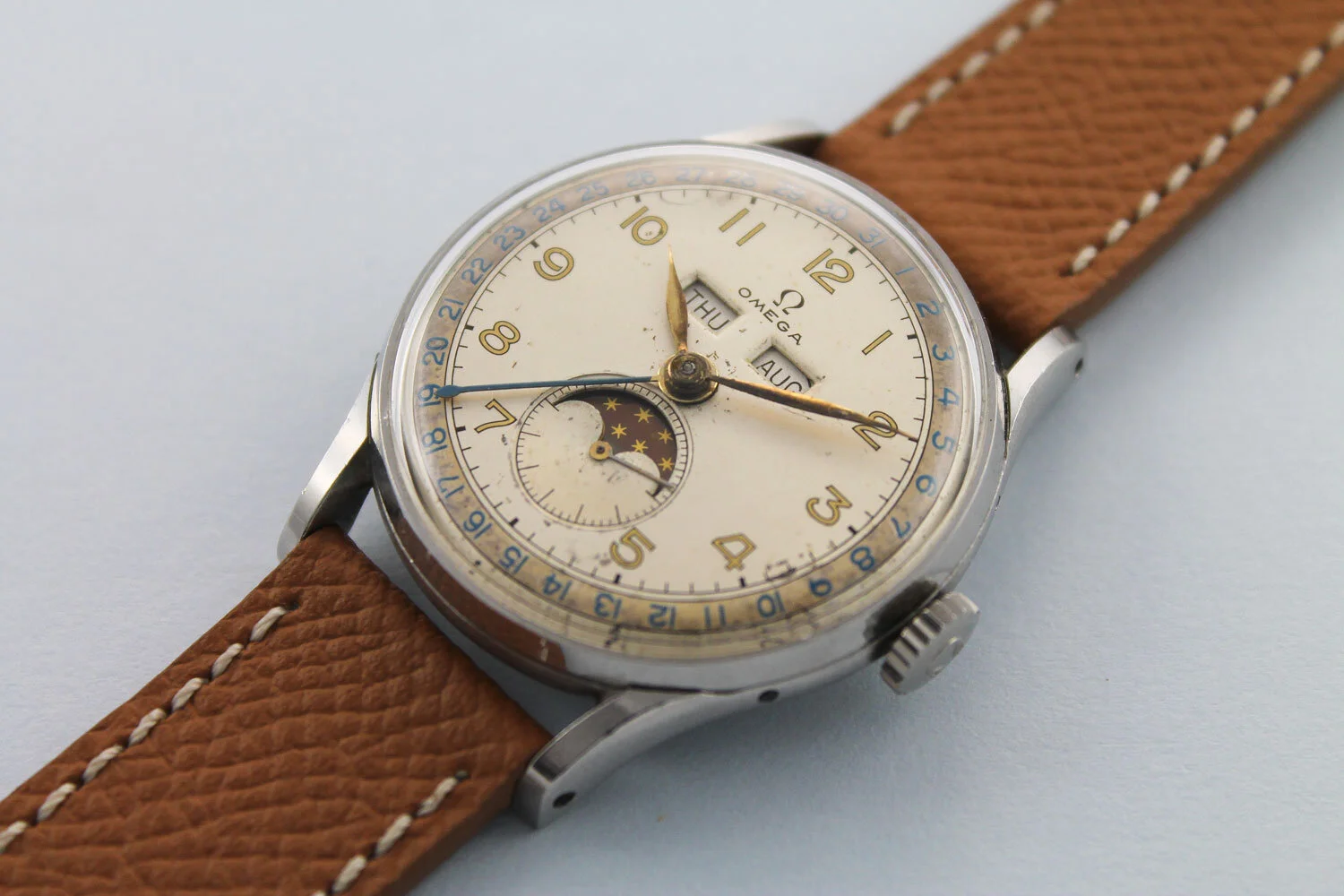
Issue 31 (Spring 2025)
Dear Readers
The globalised world that has bought us together through the pages of this journal, that celebrates our shared appreciation of mid-century style, now threatens to pull us apart as shipping costs for Men’s File and CLUTCH seem to be increasing, almost exponentially. Printed in the heart of Tokyo, this journal makes its way across the world to you directly in a single envelope or boxed and palleted to your local dealer. The shipping costs are dependent on the weight of each copy, and for this reason we have joined Men’s File and CLUTCH within the same cover and sought to use a lighter paper stock. I explain the specifics of these changes as I know that our readers are not the type of people who, although skilled at adaptation, let developments just pass unnoticed. In fact, it’s our further shared interest in all matters technical and historic that enthrals us on another level. Thus, Men’s File and CLUTCH are no longer arranged in a wrapper, but as a single magazine.
In this issue we meet the flyers, who through complex networks and years of research are able to recreate the visuals and mood of the airfields that protected Britain’s vulnerable south coast and Home Counties during WWII. Sometimes known as the Brylcream boys, after the excessive amounts of hair cream used to slick-back their unruly locks, the original aces developed their own unique style. Today the military stylists in this issue are part of an unparalleled recreationist group known as Spirit of Britain. Make no mistake, these are no ‘small islanders’ or ‘little-Englanders’ but diverse individuals with an international vision. Jamie, Simon, Jack, Alex, Lucy, Alan, Dicky, Derek, Freddie and all the others have been fortunate enough to team-up with the globally recognised Aircraft Restoration Co. at Duxford, that restores and flies WWII aircraft and can take you up in a Spitfire for the closest thing you will ever get to a real dog-fight over the green fields of Cambridgeshire. One of the founders of SoB, Jamie Delaney (the other being his dad Simon) is a military clothing dealer who heads-up Dalston’s Blighty Militaria and can supply just about anything for the serious collector, professional stylist and hip individual, wishing to experiment with ancient military and civilian apparel – all are welcome.
Finally, we celebrate modernist design in our choice of featured autos, that include the Tatra T600 and Simca Aronde Plein Ciel, and aircraft with the Duxford-based ARCo Bristol Blenheim and the Shuttleworth Collection’s 1934 Miles Hawk Speed Six. In fact, modernist style features throughout this issue with architecture from Amyas Connell’s ‘White House’ and Zagato’s Lancia Flaminia Sport. In terms of rare machinery, stylish clothing and uniquely creative individuals, there’s very little globally that can match Men’s File.
Men’s File explores leather as a signifier of subcultural affiliations but also as a functional material that protects and serves the wearer, sometimes for decades. In this feature we present Lewis Leathers, The Real McCoy’s and the London Leather Man in an indulgent retro fantasy.
Riki’s brand is small, exclusive and doesn’t usually reflect what everyone else is doing. This genuine independence is apparent in everything the stylist wears and does.
This is the world of Fabian Jedlitschka and Pike Brothers. A realm in which post- war Americana and militaria are transposed, as they had been 75 years before, onto the picturesque German landscape and into the psyche of the nation’s fashionable youth.
There are certain street stylists, within the realm of male style, who ply their art on the same pavements on which George Brummel once trod. They are few, but their impact on the early moods that permeate menswear is immense.
Aboard this 1920s polished aluminium road rocket is Mr Derek Lee, a student of architecture and a young man of refined tastes. His suits are personally tailored in Hong Kong and his ability in finding original pre and directly post-war clothing is not in doubt.
Many years ago (Gary never says exactly when) Mr Eastman dismantled an ancient A2 flying jacket with the intention of finding out how it was made, with the idea of making a copy for himself. A few decades later and Eastman Leather Clothing is one of a select few of go-to brands for the serious connoisseur of replica militaria.
Painter, motorcyclist and collector of objects from the Old West, Nicholas Coleman lives on the edge of the old frontier town, although now very civilised, Provo, Utah.
A dedicated part-time Tiki-ist, hot-rodder and stalwart of the VHRA organisation, Jacqueline Davis is in fact a full-time professional graphic artist.
The innocence and elegance of pre-war Italy is encapsulated in this series of attractive vignettes featuring Alex Hills, Lucy Manley and an untouched 1935 Fiat 1500.
Just 5 years separate the four watches discussed on these pages, and each has their own unique personality and story to tell.
When Pomona resident Tim Scott told us ‘I wasn’t born into the hot-rodding world’ we imagined a newcomer who had recently stumbled on the scene and cynically recognised its visual potential.
Allow us to introduce you to a line of supercars (the 911 Targa to be precise), that started in 1967 and a far more contemporary ‘super-woman’, both with impeccable credentials.
Named after a province in the south east of Norway, Telemarking is a form of skiing that owes more to practicality than to sport.
The Talented and ultra-stylish New York artist (more recently of Stockbridge, Mass.) gives a masterclass in sketching in charcoal from his studio on the Lower Eastside.
The Corvair was packed with innovations, but nevertheless controversial.
Flaviano Bencivenga is a gentleman of taste and action. A dedicated motorcycle collector and rider the Zurich-based shoe designer spends much time developing both new styles.
Pierre Girard (pictured) is a classic example of a one-man subculture. He creates clothing that he would like to wear and use on his extensive collection of motorcycles...
Northern Soul is a dance and music based subculture that flourished in the northwest of England at the end of the 1960s and into the 1970s.
Somewhere in East London, lost among the crowded grid of Victorian terraced housing and forgotten warehouses, an earnest craftsman hunches over his workbench.




























